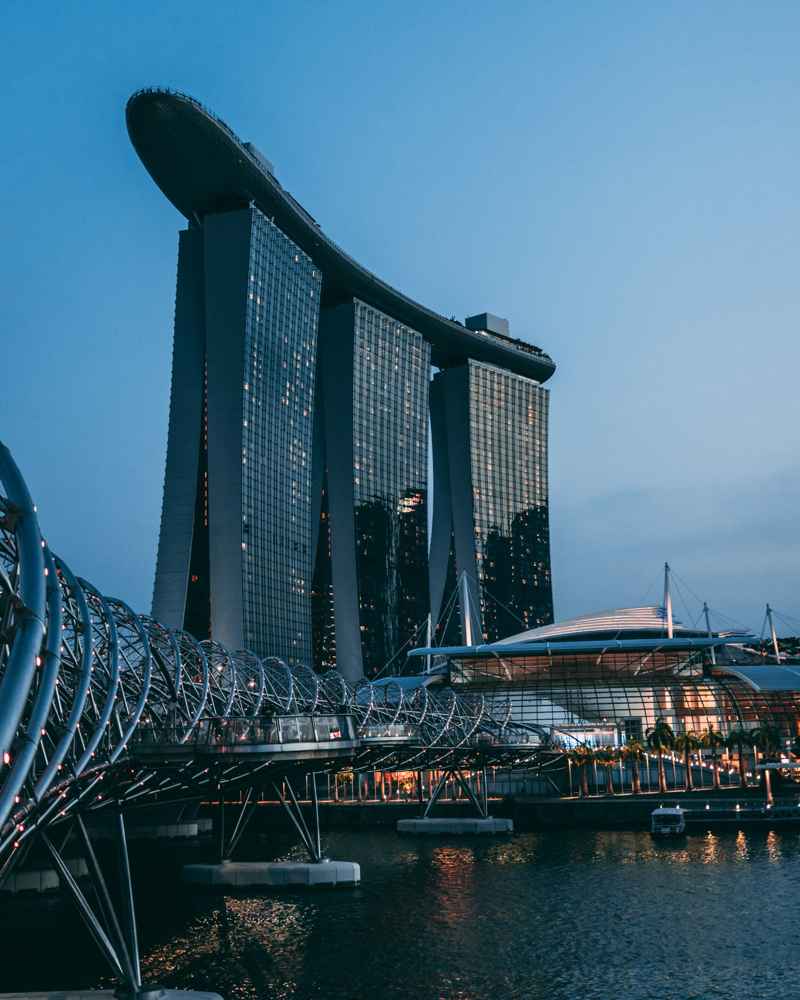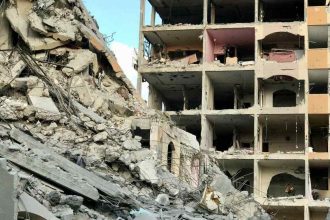Singapore has always been a story of careful planning. From the moment of its independence in 1965, the city-state understood that land was its most precious resource. With no natural hinterland to expand into and limited natural resources, every square meter of land had to be optimized. That philosophy has guided its transformation from a developing port city to one of the most advanced economies in the world. Yet in 2025, the challenge is more pressing than ever. Singapore’s population has reached a record 6.11 million, a milestone driven largely by foreign workers, and the implications for housing, transport, and social cohesion are profound.
The issue of population growth in Singapore is not simply a matter of numbers. It is about how those numbers interact with space, resources, and identity. Urban planning has long been the backbone of Singapore’s success, but as density increases and global forces shift, the pressure to adapt intensifies. Balancing the demands of a growing population with the goal of maintaining quality of life has become one of the most critical political and social questions of the decade.
The Drivers of Growth
Singapore’s growing population is shaped by two main forces: natural growth among citizens and a steady influx of foreign workers. While birth rates remain low consistently below replacement levels immigration and foreign labor have driven much of the increase. The country’s economic model depends heavily on global talent and manpower. Foreign workers fill roles ranging from high-skilled jobs in finance and technology to essential positions in construction, healthcare, and domestic services.
This reliance has fueled both prosperity and tension. On one hand, it sustains Singapore’s competitive edge in the global economy. On the other, it raises questions about identity, sustainability, and whether infrastructure can keep pace. Every additional influx of people places more demand on housing, transport, healthcare, and recreational spaces, and these are areas that are already tightly managed.
Housing in a Densely Populated Nation
Housing has always been at the center of Singapore’s urban planning. The Housing and Development Board (HDB) has built more than a million flats since its founding, providing affordable homes for over 80 percent of the population. This model has been celebrated globally as a success story in public housing.
Yet as population growth accelerates, challenges are emerging. Property prices and rents have risen sharply, fueled by demand from both locals and foreigners. Younger Singaporeans sometimes feel priced out of the market, even with subsidies. Meanwhile, urban planners must find ways to create new housing without sacrificing green spaces or overcrowding existing towns. The push to redevelop areas such as Paya Lebar, Tengah, and the Greater Southern Waterfront reflects the constant effort to expand capacity while maintaining livability.
The question is not only about building more homes but about building better communities. High-density living requires thoughtful design to avoid a sense of crowding. Parks, community centers, and shared spaces must be integrated into new developments to preserve social cohesion and mental wellbeing.
Transport and Mobility
A growing population also places enormous pressure on transport systems. Singapore’s MRT network is already among the most advanced in the region, with ongoing expansions aimed at linking underserved areas. Yet with millions more passengers projected in the years ahead, the challenge is to prevent overcrowding while keeping the system reliable.
Car ownership remains tightly regulated through certificates of entitlement, both to reduce congestion and to encourage public transport use. However, this policy also highlights inequalities, as private car ownership becomes increasingly out of reach for average citizens. Urban planners face the task of balancing efficiency with inclusivity, ensuring that all residents whether citizens, permanent residents, or foreign workers can move around the island comfortably.
New solutions are being explored, from autonomous buses to integrated cycling paths, but each requires careful consideration of land use. In a city where space is already constrained, even small changes in transport infrastructure ripple across neighborhoods.
Sustainability and Green Space
One of Singapore’s most ambitious goals is to remain a “City in Nature” despite its dense urban fabric. This means weaving greenery into every aspect of development, from rooftop gardens and vertical forests to large-scale parks. Population growth tests this vision. More people means more housing and infrastructure, and every construction project carries the risk of reducing natural space.
Yet Singapore has long embraced innovation in this area. The Bishan-Ang Mo Kio Park, where a concrete canal was transformed into a naturalized river with lush landscapes, shows how engineering and ecology can coexist. The continued expansion of park connectors and cycling paths is another example of planning that supports both mobility and recreation.
Still, sustainability is more than aesthetics. It involves water management, energy efficiency, and climate resilience. As population density increases, so does energy consumption and waste generation. Planners must ensure that infrastructure for water recycling, waste management, and renewable energy expands in step with growth.
Social Cohesion in a Growing Population
Perhaps the most delicate challenge of all is maintaining social harmony. With a significant share of the population made up of foreign workers, Singapore faces constant questions about integration and identity. Citizens sometimes express concern that competition for jobs, housing, and services is heightened by immigration. Policymakers walk a tightrope, balancing the need for foreign labor with the importance of protecting opportunities for Singaporeans.
Urban planning intersects with this challenge in subtle ways. Well-designed communities can foster integration, creating spaces where people from different backgrounds interact naturally. Schools, community clubs, and shared facilities all play a role in building bridges. But as density rises, so does the risk of fragmentation, with groups clustering into isolated enclaves. The task for planners is not just to design infrastructure but to design social architecture that strengthens bonds across diversity.
The Political Dimension
Population growth and urban planning are not just technical issues; they are deeply political. Housing affordability, transport reliability, and the balance of foreign workers are central topics in elections. Citizens look to policymakers for solutions that preserve quality of life while sustaining economic competitiveness. At the same time, opposition parties often point to rising costs and strained infrastructure as signs of government mismanagement.
The ruling People’s Action Party has traditionally emphasized long-term planning, but as pressures mount, public patience can waver. The success of urban planning in Singapore has always been measured by its ability to stay ahead of demand. Falling behind could undermine both trust in governance and social stability.
Looking Ahead
Singapore’s population will not shrink in the near future. As a global hub, it will continue to attract talent and workers from around the world. At the same time, low birth rates mean that immigration remains necessary to maintain economic vitality. The challenge, then, is not whether the population will grow but how it will be managed.
Future urban planning will need to lean heavily on technology. Smart city solutions that monitor energy use, optimize traffic flow, and manage resources in real time will become increasingly essential. Housing will need to be flexible, integrating workspaces for remote employment and adapting to changing family structures. Transport systems will have to expand not only physically but digitally, with seamless payment systems and data-driven planning.
Above all, Singapore will need to preserve its social compact. Growth cannot come at the expense of livability. Citizens must continue to feel that they have space, opportunity, and identity in their own country, even as it becomes denser and more global. That balance is the defining challenge of the next chapter in Singapore’s story.
Final Thoughts
Population growth and urban planning are inseparable in Singapore. Every new resident, whether citizen or foreign worker, represents both an opportunity and a challenge. Housing, transport, sustainability, and social cohesion must all evolve in tandem. The stakes are high, because Singapore cannot afford to sprawl outward. It must grow smarter, not bigger.
If the nation succeeds, it will continue to serve as a model of how a small state can thrive in a crowded world. If it falters, the pressures of density could strain the very systems that have long been its strength. The future of Singapore rests not on avoiding growth but on mastering it with foresight, innovation, and balance.
Featured Image Source: Zhu Hongzhi / Unsplash









